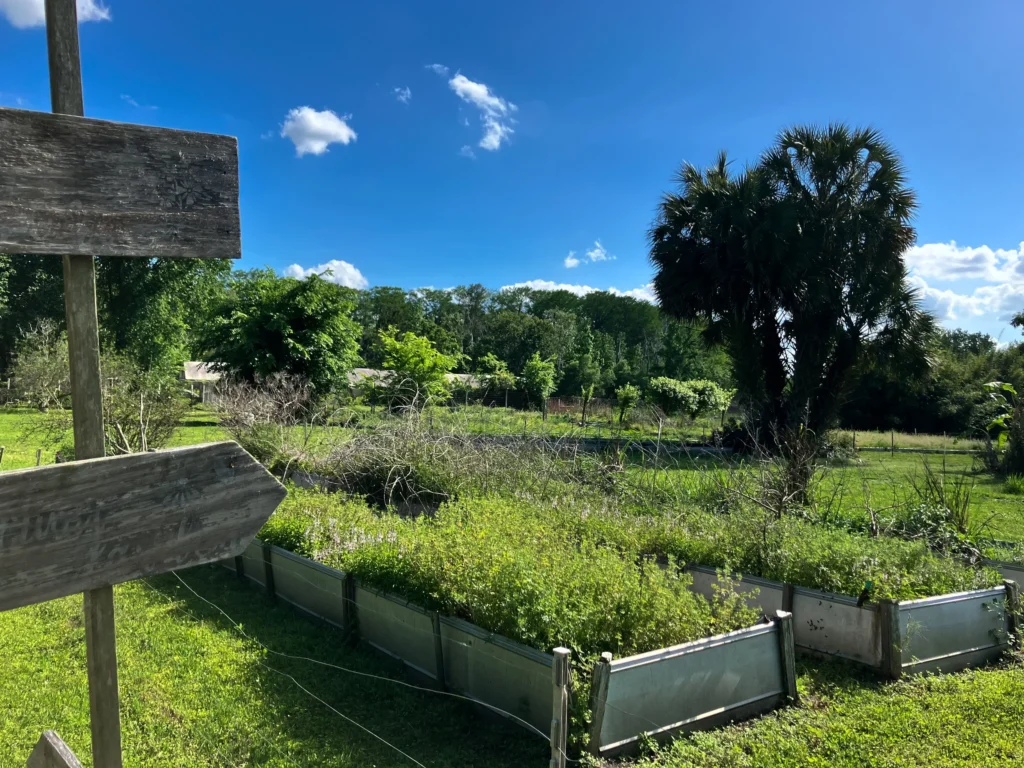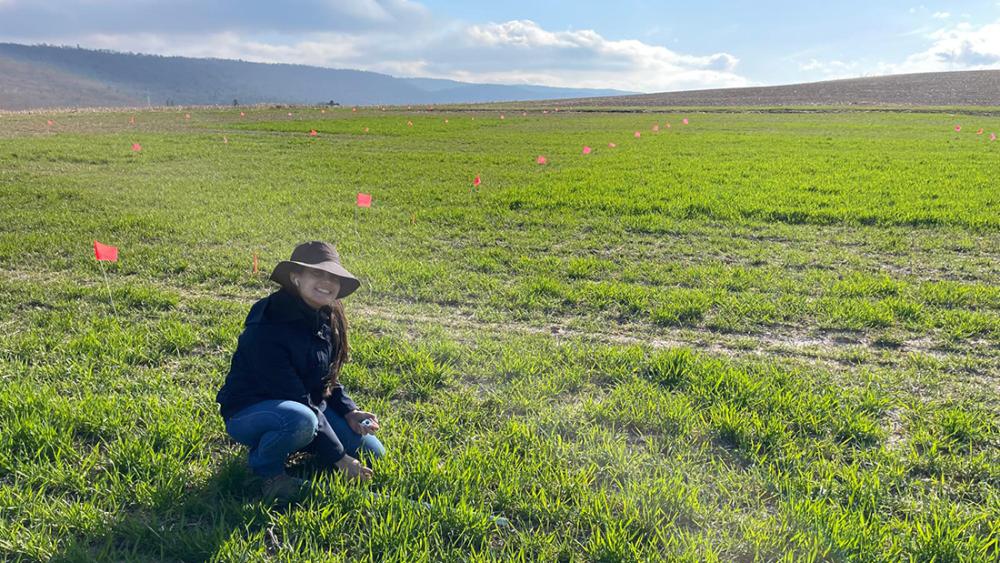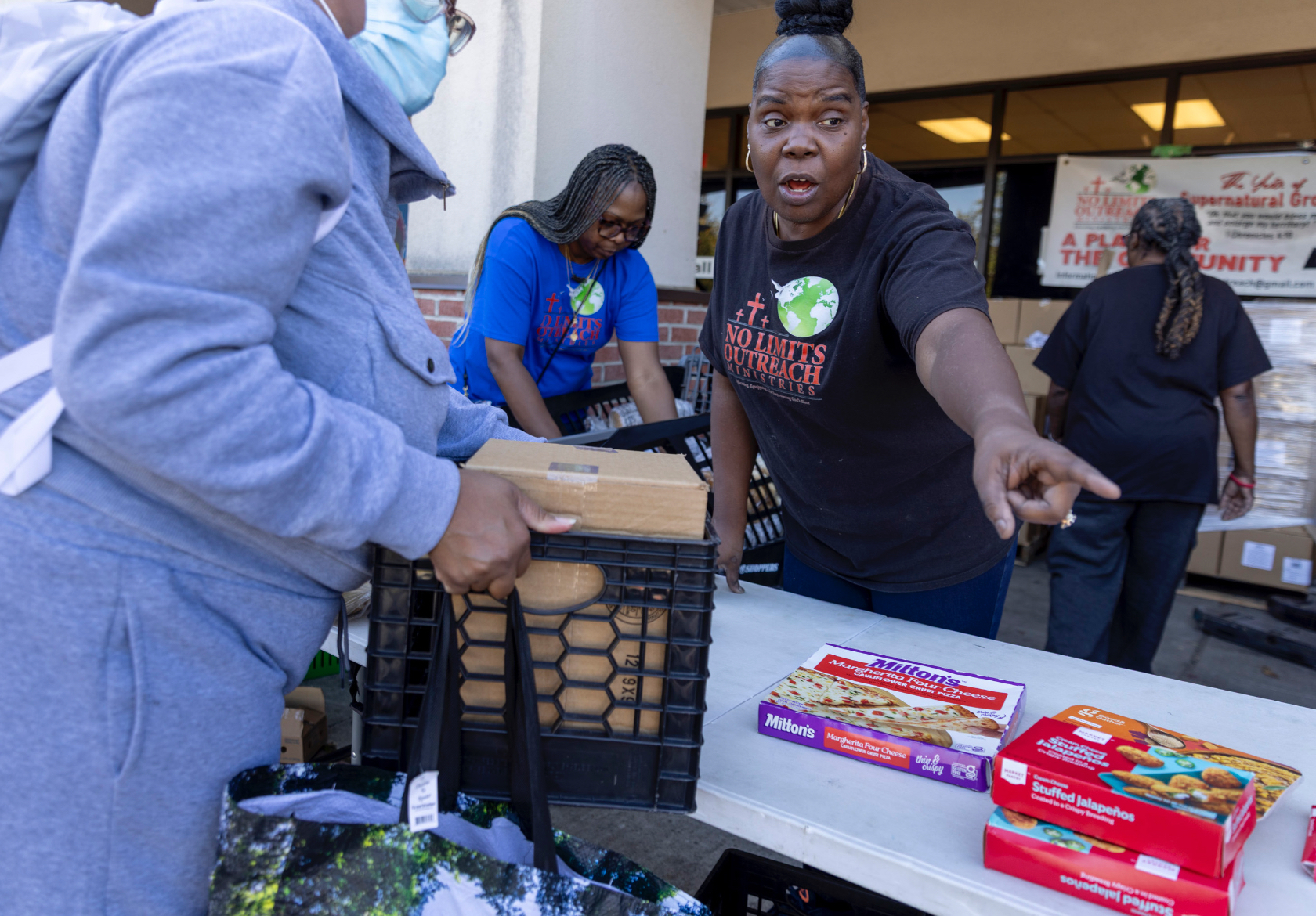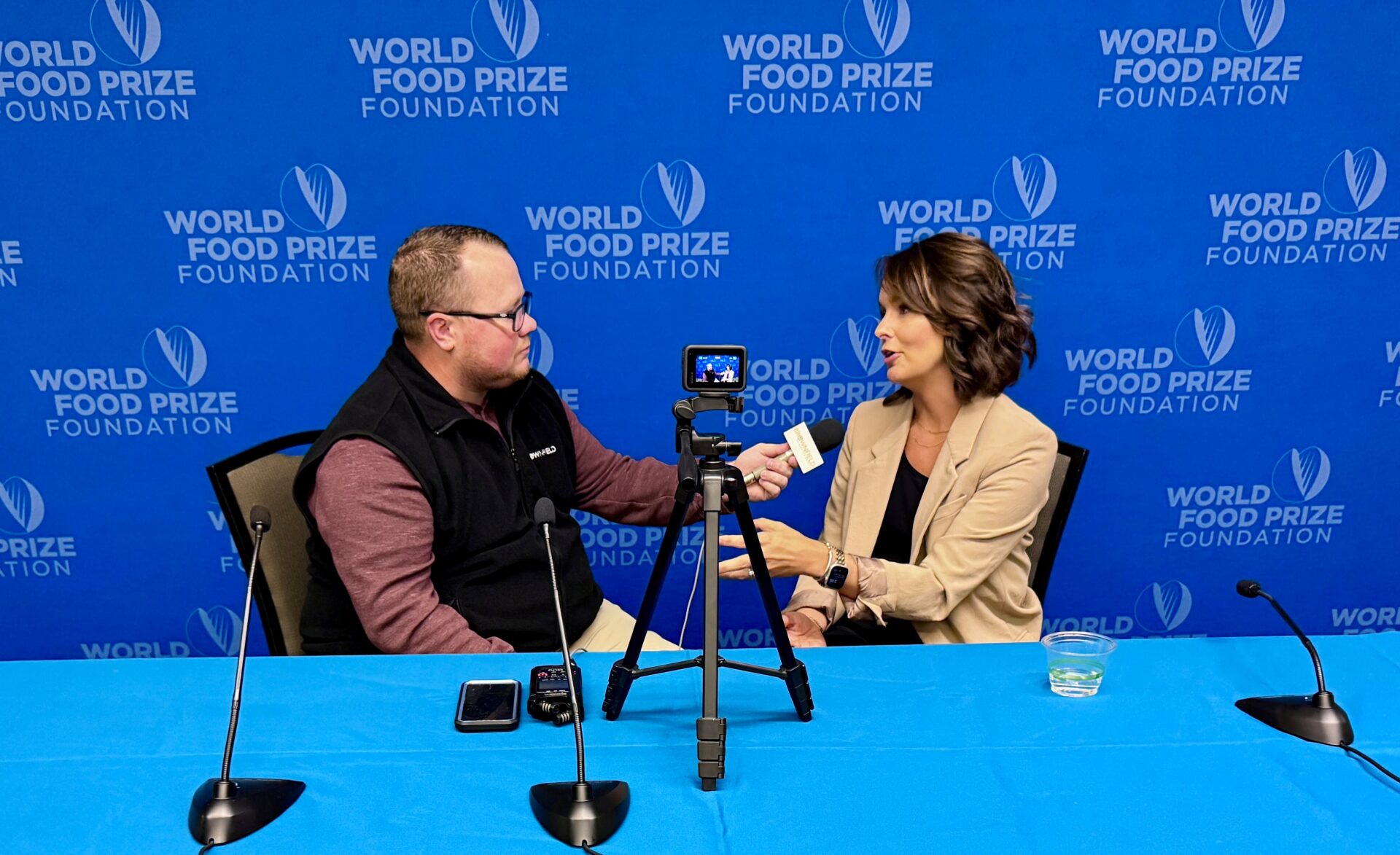Report on Regenerative Agriculture and Sustainable Development in Central Florida
Introduction: A Case Study in Sustainable Farming
Crone’s Cradle Conserve, a 756-acre non-profit farm and ecological preserve in Citra, Florida, serves as a model for integrating regenerative agriculture with the United Nations Sustainable Development Goals (SDGs). Located within a significant food desert, the farm’s operations directly address challenges related to food security, climate change, and community resilience. This report analyzes the methods employed at Crone’s Cradle and their alignment with key SDGs, including SDG 2 (Zero Hunger), SDG 12 (Responsible Consumption and Production), SDG 13 (Climate Action), and SDG 15 (Life on Land).
Advancing Climate Action and Life on Land (SDG 13 & SDG 15)
A primary strategy for climate mitigation and soil restoration at the facility is the use of biochar, a stable, carbon-rich solid created through the pyrolysis of organic matter. This ancient technique, dating back over 2,500 years to the Amazon basin’s terra preta (“black soil”), offers a modern solution for environmental challenges.
- Carbon Sequestration: By converting organic matter into a stable form, biochar effectively sequesters carbon in the soil, contributing directly to SDG 13 (Climate Action). University of Florida geochemist Andrew Zimmerman notes its potential as an “ancient technique to fight against climate change.”
- Soil Health Improvement: Biochar enhances soil structure and productivity. This improves land quality and reduces degradation, a core target of SDG 15 (Life on Land).
- Reduced Chemical Dependency: Improved soil fertility from biochar, especially when “charged” with compost, lessens the need for synthetic fertilizers and pesticides, supporting sustainable land management.
Fostering Responsible Consumption and Production (SDG 12)
The farm’s operational philosophy is rooted in the principles of regenerative agriculture, which emphasizes circular systems and responsible resource management, aligning with SDG 12.
- Waste Repurposing: The farm receives waste horse manure and wood shavings from local horse farms, which would otherwise be discarded. This material is composted in large windrows, transforming a waste stream into a valuable nutrient source for the fields.
- Cover Cropping: Instead of tilling, which can degrade soil, the farm uses cover crops like Wrens Abruzzi ryegrass. These crops are roller crimped, a method that protects the soil and allows for the slow release of nutrients, minimizing soil disturbance and promoting biodiversity.
- Organic Farming: Over 60 species of edible plants are grown organically, eliminating synthetic inputs and promoting sustainable production patterns that are healthier for both consumers and the ecosystem.
Addressing Zero Hunger and Building Sustainable Communities (SDG 2 & SDG 11)
Crone’s Cradle Conserve actively works to build a resilient local food system and enhance community well-being, directly contributing to SDG 2 (Zero Hunger) and SDG 11 (Sustainable Cities and Communities).
- Improving Food Access: The farm’s Community Supported Agriculture (CSA) program provides an average of 50 shares of fresh, organic produce per season to residents in a recognized food desert. Efforts are underway to accept Supplemental Nutrition Assistance Program (SNAP) benefits, which would further combat food insecurity for community members living below the poverty line, a target linked to SDG 1 (No Poverty).
- Strengthening Local Economies: A country store on the property sells farm produce alongside items from local artisans. This model promotes community self-reliance and supports local economic development, a key component of SDG 11.
- Educational Mission: As a non-profit, the farm has the stability to focus on educational programs and workshops, empowering the community with knowledge about sustainable practices. This contrasts with the economic precarity faced by many private farmers in Florida, highlighting systemic issues that challenge SDG 8 (Decent Work and Economic Growth) within the conventional food supply chain.
Analysis of the Article in Relation to Sustainable Development Goals
1. Which SDGs are addressed or connected to the issues highlighted in the article?
-
SDG 2: Zero Hunger
- The article directly addresses food security and access to nutritious food. It highlights that the community of Citra is a “very large food desert” where “fresh food is difficult for some residents to access.” The work of Crone’s Cradle Conserve, through its Community Supported Agriculture (CSA) program and its goal to accept SNAP benefits, aims to combat this issue. Furthermore, the focus on regenerative agriculture, improving soil health, and growing over 60 edible species relates to promoting sustainable agriculture.
-
SDG 12: Responsible Consumption and Production
- The article discusses sustainable production patterns through the lens of regenerative agriculture. It also touches on waste reduction by mentioning how the farm takes waste from local horse farms (“pay Guinn to take the waste and compost it”), turning it into valuable compost. The emphasis on a local food system, selling produce directly to consumers, also promotes a more responsible and shorter supply chain.
-
SDG 13: Climate Action
- Climate change mitigation is a key theme. The article explains how biochar, a central component of the farm’s regenerative practices, is a “stable, carbon-rich solid” that can be used to “fight against climate change.” This connects to the study of carbon cycling and using agricultural techniques to sequester carbon in the soil.
-
SDG 15: Life on Land
- The article’s core focus is on improving soil health and restoring land. The use of biochar, cover crops, and composting are all methods to “progressively improve land and soil quality,” directly aligning with the goal of halting and reversing land degradation. The historical reference to “terra preta” soils in the Amazon illustrates the long-term potential of these practices to create highly fertile, resilient terrestrial ecosystems.
-
SDG 8: Decent Work and Economic Growth
- The economic viability of farming is discussed, highlighting the struggles of private farmers who “languish at the bottom of the supply chain hierarchy” and find it “hard for farmers to make ends meet.” The article implicitly advocates for more sustainable economic models for agriculture, such as the non-profit model of Crone’s Cradle or strengthening local food systems, which can provide more economic stability for farmers.
2. What specific targets under those SDGs can be identified based on the article’s content?
-
Under SDG 2 (Zero Hunger):
- Target 2.1: “By 2030, end hunger and ensure access by all people, in particular the poor and people in vulnerable situations… to safe, nutritious and sufficient food all year round.” This is addressed by the farm’s operation within a “food desert” and its plan to accept SNAP benefits to serve residents “below the poverty line.”
- Target 2.4: “By 2030, ensure sustainable food production systems and implement resilient agricultural practices that increase productivity and production… and that progressively improve land and soil quality.” The detailed description of regenerative agriculture, including the use of biochar, cover crops, and composting to improve soil fertility and reduce the need for synthetic inputs, directly relates to this target.
-
Under SDG 12 (Responsible Consumption and Production):
- Target 12.2: “By 2030, achieve the sustainable management and efficient use of natural resources.” This is demonstrated by the farm composting horse manure and wood shavings, turning a waste product from other local businesses into a valuable resource for enriching the soil.
-
Under SDG 13 (Climate Action):
- Target 13.3: “Improve education, awareness-raising and human and institutional capacity on climate change mitigation, adaptation, impact reduction…” The article mentions that the farm’s non-profit status allows it to “focus on educational programs, workshops and experimentation,” and it highlights biochar as an “ancient technique to fight against climate change,” thus contributing to awareness and capacity building.
-
Under SDG 15 (Life on Land):
- Target 15.3: “By 2030, combat desertification, restore degraded land and soil… and strive to achieve a land degradation-neutral world.” The entire focus on using biochar and other regenerative methods to improve infertile “Florida candler sand” and create rich, productive soil is a direct effort to restore degraded land.
3. Are there any indicators mentioned or implied in the article that can be used to measure progress towards the identified targets?
-
For Target 2.1 (End Hunger):
- Number of CSA shares served: The article explicitly states the farm “serves an average of 50 shares per season,” which is a direct measure of the number of households receiving fresh produce.
- Acceptance and use of SNAP benefits: The goal to “accept Supplemental Nutrition Assistance Program (SNAP) benefits” is a future indicator. Progress could be measured by the number of transactions or total value of benefits redeemed at the farm store.
-
For Target 2.4 / 15.3 (Sustainable Agriculture / Land Restoration):
- Soil organic matter content: The article mentions a field with an “unusually high ratio of fertile organic matter.” Measuring this ratio over time would be a key indicator of improved soil health.
- Reduced use of synthetic inputs: The article states that improved soil fertility “reduces the need for synthetic fertilizers and pesticides.” Tracking the reduction in the application of these inputs would measure progress.
- Crop diversity: The farm grows “more than 60 edible species,” which is an indicator of agricultural biodiversity and resilience.
-
For Target 12.2 (Efficient Use of Resources):
- Volume of waste composted: The article mentions a dump truck unloading horse manure and that companies “pay Guinn to take the waste and compost it.” The tonnage of this waste material diverted and repurposed into compost would be a clear indicator.
-
For Target 13.3 (Climate Education):
- Number of educational programs: The farm focuses on “educational programs, workshops and experimentation.” The number of events held and participants engaged would measure progress in awareness-raising.
4. Table of SDGs, Targets, and Indicators
| SDGs | Targets | Indicators |
|---|---|---|
| SDG 2: Zero Hunger |
2.1: End hunger and ensure access to safe, nutritious food.
2.4: Ensure sustainable food production systems and implement resilient agricultural practices. |
– Number of CSA shares served per season (mentioned as 50). – Future number of residents using SNAP benefits at the farm store. – Increase in soil organic matter content. – Reduction in the use of synthetic fertilizers and pesticides. – Number of crop species cultivated (mentioned as over 60). |
| SDG 12: Responsible Consumption and Production | 12.2: Achieve the sustainable management and efficient use of natural resources. | – Volume (tons) of horse manure waste diverted and composted. |
| SDG 13: Climate Action | 13.3: Improve education and awareness-raising on climate change mitigation. | – Number of educational programs and workshops conducted by the farm. |
| SDG 15: Life on Land | 15.3: Combat desertification, restore degraded land and soil. | – Improvement in soil fertility in sandy, previously undeveloped ground. – Adoption rate of regenerative techniques like biochar application. |
| SDG 8: Decent Work and Economic Growth | Implied need to improve economic models for farmers to ensure decent work. | – Economic stability of farmers (contrasting the non-profit model with private farms where it’s “hard to make ends meet”). |
Source: theinvadingsea.com






